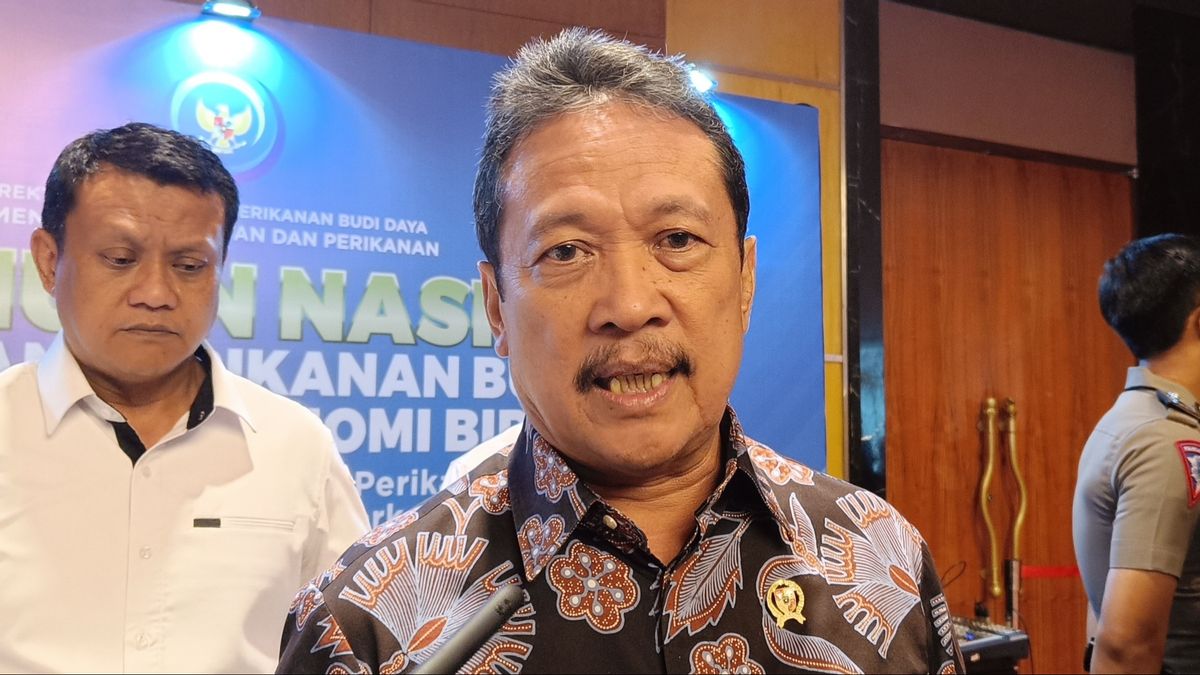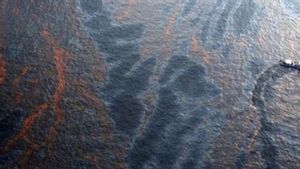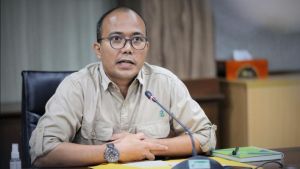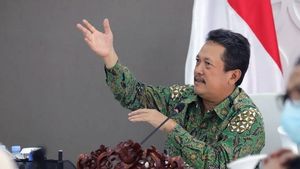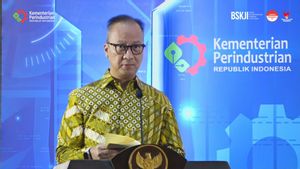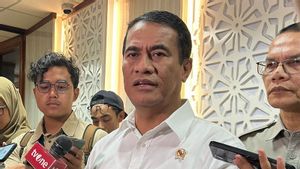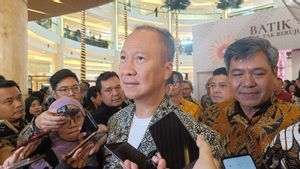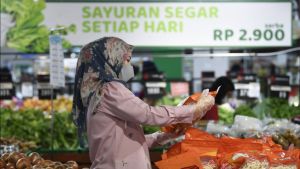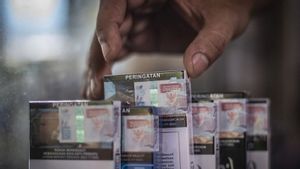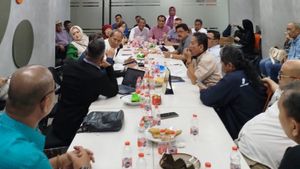JAKARTA - Minister of Maritime Affairs and Fisheries Sakti Wahyu Trenggono plans to develop a modeling of seaweed cultivation in Rote Ndao and Southeast Maluku this year. The development is directed to boost the national seaweed downstream industry.
"This year we plan to develop another modeling in two additional Rote Ndao and Southeast Maluku locations, each covering an area of 50 hectares, with a production target in each location of 2,187 tons of wet seaweed per year," Trenggono said quoting Antara.
Previously, the KKP had built a modeling of environmentally friendly seaweed in Wakatobi waters, Southeast Sulawesi covering an area of 50 hectares.
Trenggono added that the strategy of modeling seaweed cultivation can increase productivity, increase the income of seaweed farmers, job opportunities, as well as regional economic growth.
Complementing the modeling of seaweed cultivation, his party also implements a revitalization strategy to increase the production of existing seaweed cultivation by providing seeds and breeding network culture.
According to him, the stability and quality of production upstream is the support for the growth of the seaweed downstream industry.
In 2022, Indonesia's seaweed cultivation will produce 9.23 million tons, which are dominated by the Cottonii variant as caragenan material, followed by seaweed types Sargassum, Gracilaria, Haliminea, and Gelidium Amanzii.
"Research reveals the important role of seaweed plays in shaping the future of mankind and ensuring ecological sustainability. Seaweed is an alternative food source, the biopharmaceuticals and cosmetics industry, an environmentally friendly plastic substitute, and carbon capture," he explained.
As for the Future Market Insights in 2023, the global seaweed market reached 7.79 billion US dollars and is projected to continue to increase to 19.66 billion US dollars by 2033, with the Majemuk Annual Growth Rate (CAGR) of 9.7 percent between 2023 and 2033.
SEE ALSO:
This projection presents a fairly large seaweed business opportunity, both upstream and downstream. He said that Indonesia has the potential for a cultivation area of 12.1 million hectares, and only 0.8 percent has been utilized.
However, in optimizing economic opportunities in the seaweed field, according to him, collaboration of all parties is needed. The presence of a tropical seaweed research center launched at the seminar will also add to efforts to strengthen the seaweed ecosystem in Indonesia.
"In this forum, we invite all stakeholders, researchers, and investors to build partnerships and collaborations in upstream-downstream research, innovation and integration, in encouraging the development of the seaweed industry in Indonesia," he concluded.
The English, Chinese, Japanese, Arabic, and French versions are automatically generated by the AI. So there may still be inaccuracies in translating, please always see Indonesian as our main language. (system supported by DigitalSiber.id)
